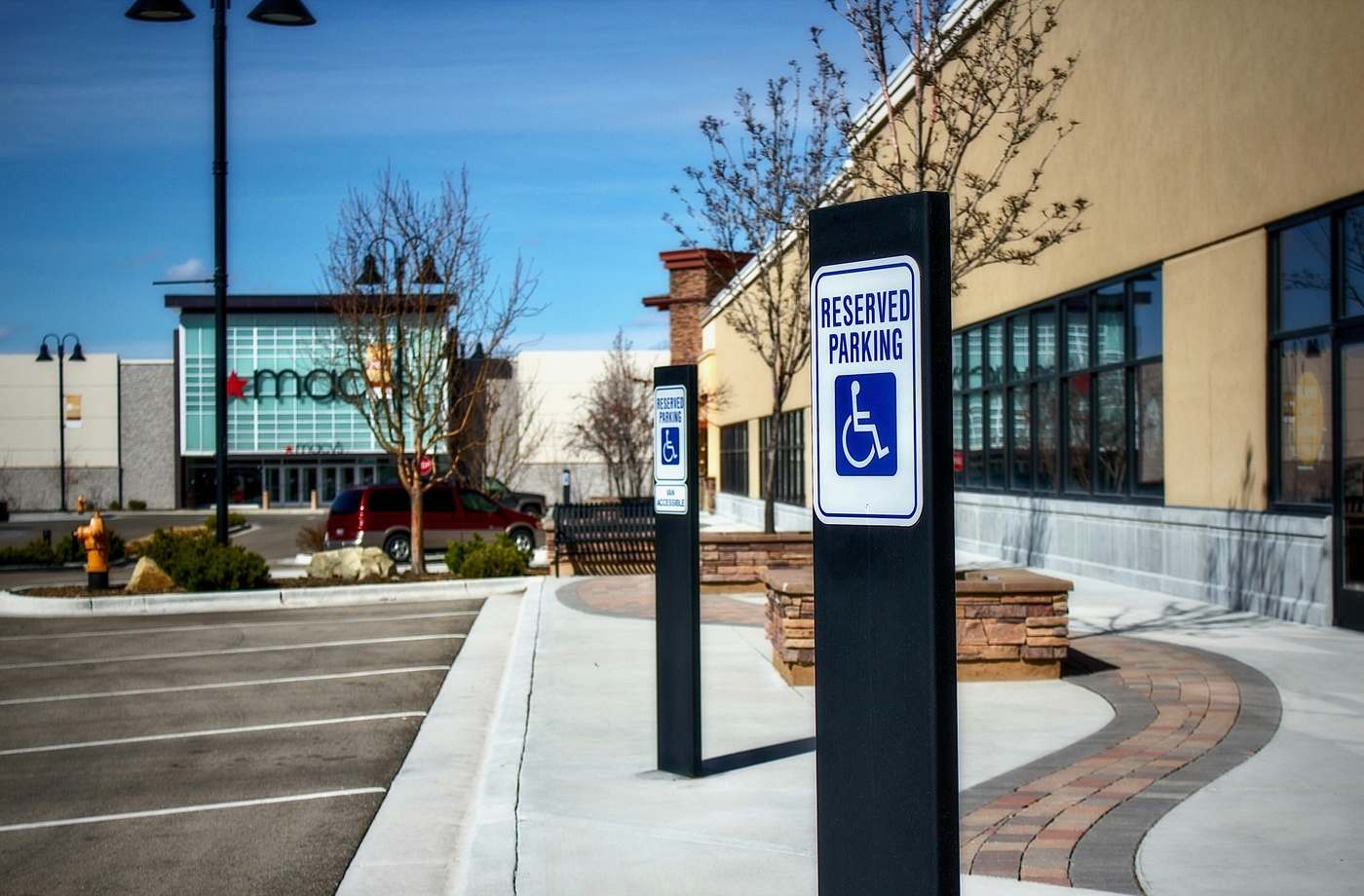Electric vehicles (EVs) are no longer a niche trend—they’re a growing reality. With EV sales rising rapidly across the U.S., parking lot operators who fail to adapt risk losing relevance (and revenue). By preparing your lot now, you can support the demand for EV infrastructure, attract high-value users, and even qualify for government incentives.
Here’s how to future-proof your parking lot for EV growth while maximizing value for both drivers and your bottom line.
- Understand EV Charging Levels and What They Mean for Your Lot
There are three EV charging levels:
- Level 1: Standard wall outlet, slowest charge (typically not practical for public parking)
- Level 2: Best suited for commercial lots; adds about 25 miles of range per hour
- Level 3 (DC Fast Charging): Very fast but costly, typically used in highway corridors or large charging stations
For most retail, office, or mixed-use parking lots, Level 2 chargers strike the right balance between installation cost and charging speed. Networks like ChargePoint and EVgo provide scalable hardware and management tools tailored for these environments.
- Assess Power Availability and Upgrade Infrastructure If Needed
Before installing chargers, conduct a power capacity audit with your utility provider or an electrical contractor. Some older lots may require panel upgrades or new conduit lines to support multiple charging stations.
If your site has limited grid capacity, consider integrating solar canopies or battery storage systems. Providers like Volta offer innovative charging models that pair clean energy with cost-effective deployment.
- Choose a Smart Charger That Fits Your Use Case
Modern EV chargers include software that allows you to:
- Set pricing rates
- Monitor energy usage
- Limit access to certain users or times of day
- Offer rewards or loyalty perks
Smart charging enables monetization and flexibility. If you operate a paid lot, look for chargers compatible with mobile payment systems and perks integration.
- Add Signage to Promote Charging Availability
Visibility matters. Use clear signage at entry points and on nearby roads to indicate the presence of EV charging. Within your lot, reserve and label spaces with pavement markings, upright signs, and directional arrows.
This also improves compliance—ensuring non-EVs don’t block charging bays.
- Connect EV Use to Local Spending with Digital Incentives
EV drivers are likely to spend more time in a lot while their vehicles charge. That makes them ideal candidates for local commerce and rewards programs. Use that dwell time to encourage nearby purchases.
Offer QR codes or app-based promotions where users can earn cashback with a Panera Bread gift card or get rewards with an Ulta Beauty gift card while they wait. Platforms like Fluz allow drivers to instantly purchase gift cards and earn rewards on adjacent spending.
This strategy turns EV charging into a gateway for cross-promotion and added value.
- Explore Incentives and Rebates
Many states and utilities offer rebates for commercial EV charger installations. Resources like the Alternative Fuels Data Center (AFDC) and DSIRE provide up-to-date databases on funding programs.
Taking advantage of these incentives can significantly reduce upfront costs—and in some cases, cover 50% or more of the installation expenses.
- Plan for Scalability
Don’t just install one or two stations and call it done. EV adoption is accelerating, and demand will grow. Make sure your infrastructure plan allows for future expansion. This might include pre-wiring additional spaces or working with a vendor that supports modular upgrades.
Conclusion
Preparing your parking lot for EV growth is more than a sustainability move—it’s a strategic investment. With the right combination of charging infrastructure, visibility, and digital perks like Fluz, you can increase your lot’s appeal, unlock new revenue channels, and stay ahead in a rapidly evolving transportation landscape.



